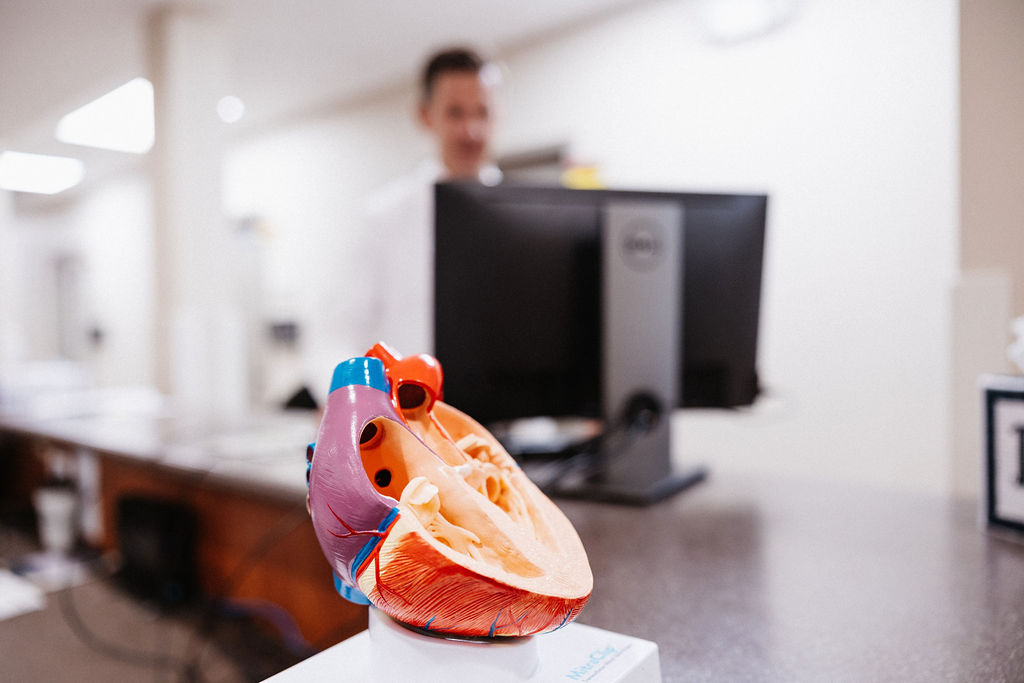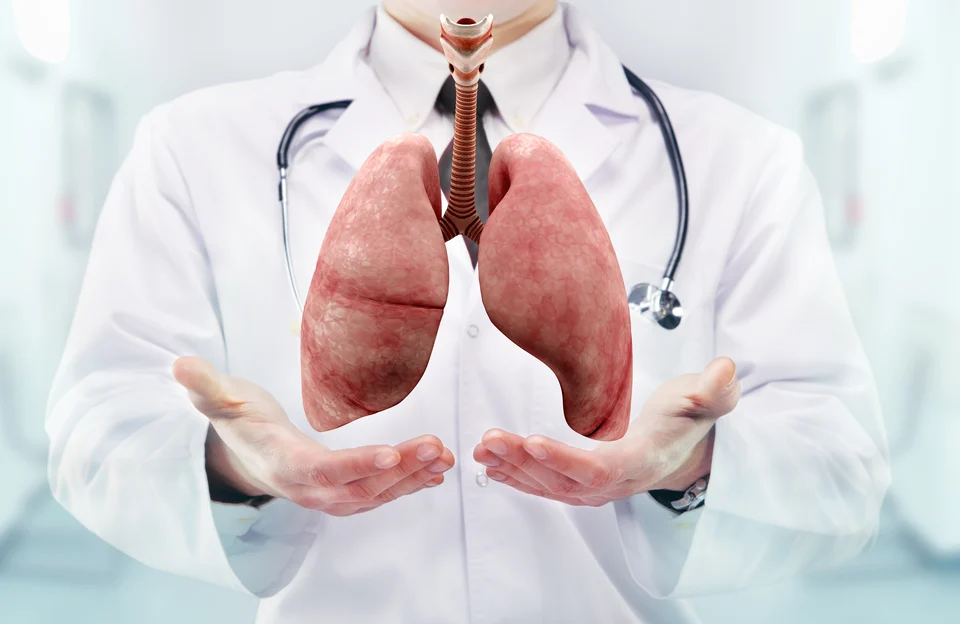Congestive heart failure and COPD (chronic obstructive pulmonary disease) are two significant chronic conditions that profoundly affect patients’ lives. Despite their differences, these diseases share several symptoms, risk factors, and challenges, often making diagnosis and management complex. Understanding how these conditions overlap and differ is essential for patients and caregivers striving to achieve better health outcomes.
Connections Between Congestive Heart Failure and COPD
You probably already know that heart disease is the leading cause of death in the United States. However, you may not realize that the third leading cause is chronic lower respiratory diseases, including chronic obstructive pulmonary disease (COPD). What’s more, you may not realize that the two are often connected, and that the symptoms they cause can be strikingly similar. Shortness of breath, for instance, is a hallmark sign that is often associated with both of these conditions.
Shortness of Breath From Heart Failure
Congestive heart failure (CHF) is a condition that occurs when the heart becomes too weak to effectively pump blood out to the rest of the body. In turn, fluid levels build up and blood can back up into both the heart and lungs, leading to shortness of breath. For most CHF patients, difficulty breathing does not occur when they are at rest, but even small amounts of exertion can cause symptoms to begin.
Shortness of Breath From COPD
Similarly to CHF patients, those with COPD will most commonly notice their shortness of breath when physically active. The conditions that cause COPD — such as chronic bronchitis and emphysema — result in irritation and damage to airways or the air sacs in the lungs where oxygen and carbon dioxide are exchanged. When someone with COPD exhales, this damage prevents oxygen from being fully released before the next breath is drawn in, resulting in shortness of breath.

Shared Risk Factors for Congestive Heart Failure and COPD
Congestive heart failure and COPD share common risk factors that increase the likelihood of developing one or both conditions. Smoking is a primary contributor to both diseases, damaging lung tissue and promoting cardiovascular complications. Age is also a significant factor, with the risk of both conditions increasing as individuals grow older.
Additional shared risk factors include obesity and a sedentary lifestyle, as these can worsen symptoms and complicate disease management. Chronic conditions such as high blood pressure, diabetes, and high cholesterol are frequently observed in patients and can exacerbate both CHF and COPD. These interconnected risk factors underscore the importance of holistic lifestyle modifications to prevent and manage both conditions.
Comorbidity of COPD and Heart Failure
COPD and congestive heart failure are two different conditions that may present with similar symptoms. However, there are two other forms of heart failure, left-sided and right-sided, which may be directly related to or exacerbated by the presence of COPD. Here’s how:
COPD and Left-Sided Heart Failure
There is not a direct connection between COPD and left-sided heart failure. However, the two conditions can exist together and exacerbate one another. COPD can cause low oxygen levels in the blood, thereby placing additional stress on the heart and worsening symptoms of left-sided heart failure. On the other hand, left-sided heart failure can contribute to fluid buildup in the lungs, aggravating the symptoms of COPD.
COPD and Right-Sided Heart Failure
In severe cases of COPD, the condition can actually cause the development of right-sided heart failure. This occurs when low oxygen levels due to COPD cause a rise in blood pressure in the arteries of the lungs, a condition known as pulmonary hypertension. This increase in pressure places excess strain on the heart’s right ventricle as it works to pump blood through the lungs. As a result, the heart muscle weakens and right-sided heart failure can occur.

Addressing Congestive Heart Failure and COPD for Better Outcomes
COPD and congestive heart failure are both dangerous health conditions, and while they often occur independently, it is also important to understand the connections between the two. If you have previously been diagnosed with COPD, you should be aware of the increased risk of heart failure.
And, if you are a smoker, you need to understand that you are at a higher risk for developing both of these diseases. In any case, the medical expertise of a cardiologist should be sought in order to monitor existing conditions and help ensure heart health.
If you or a loved one needs expert cardiovascular care, the team at Cardiovascular Institute of the South can provide tailored support and effective treatment options. Schedule your consultation today to explore ways to manage these conditions and enhance your quality of life.
Get in touch with a cardiologist at your nearest Cardiovascular Institute of the South location for a professional evaluation.
